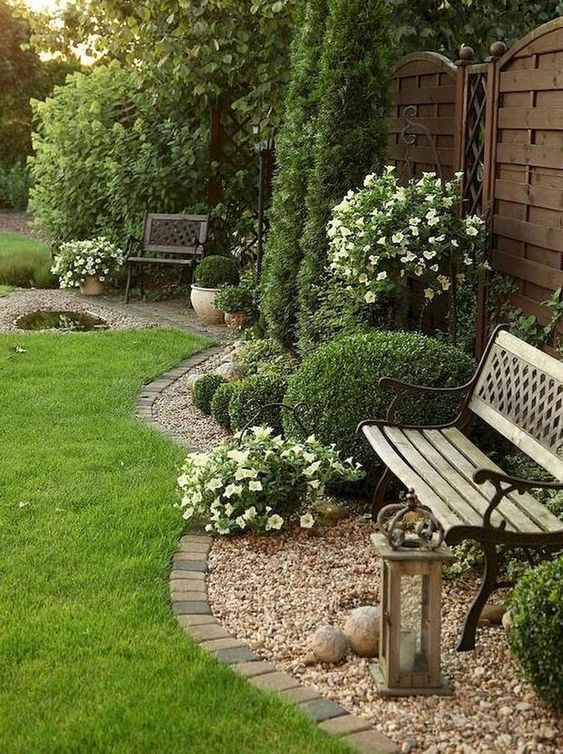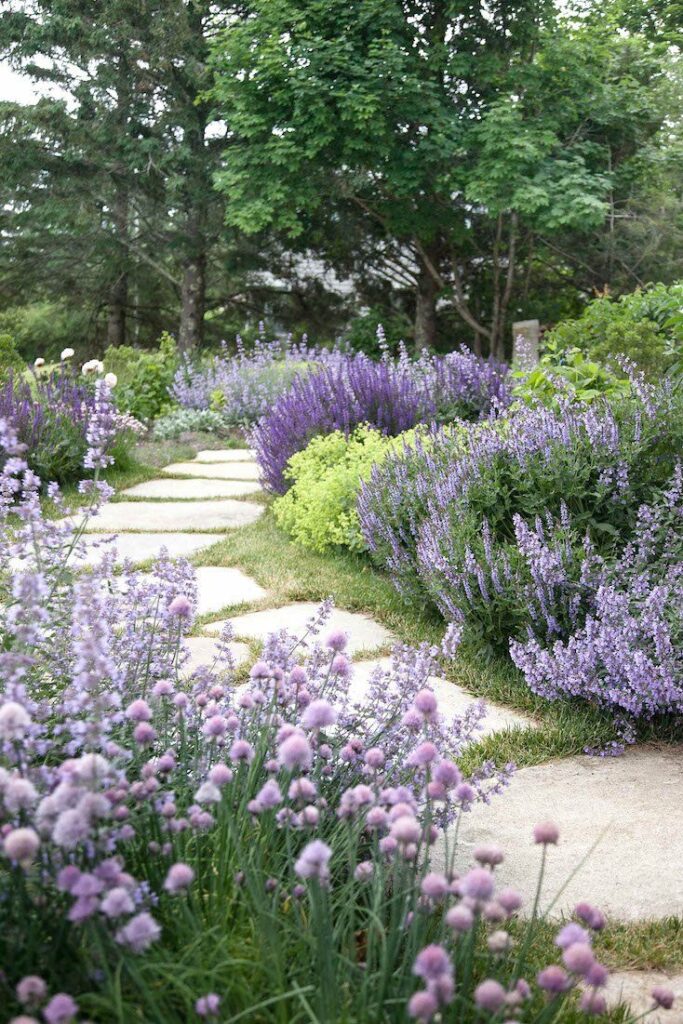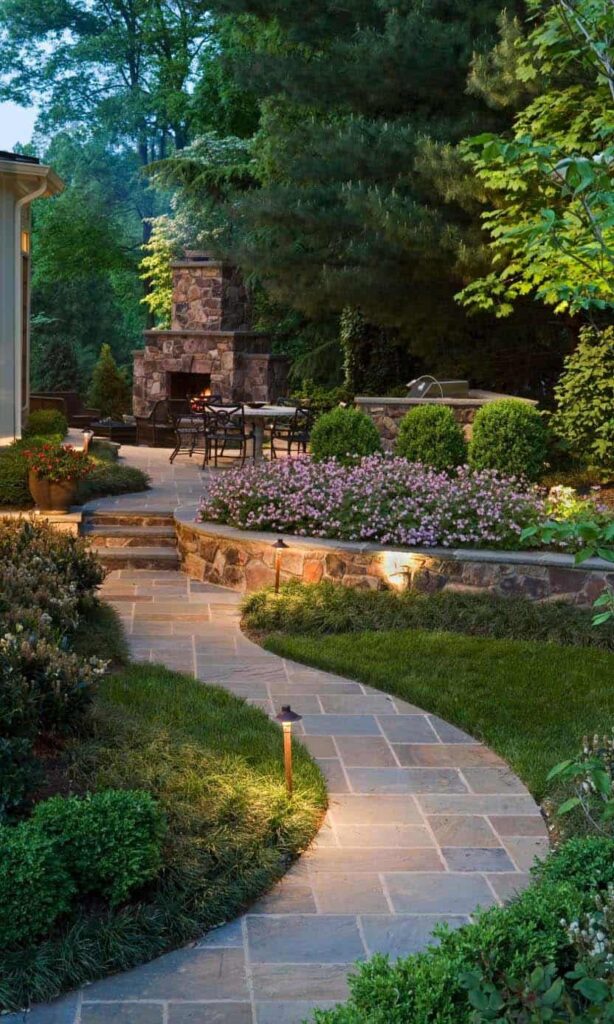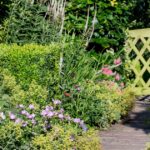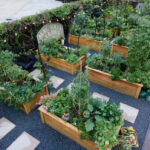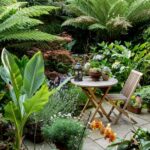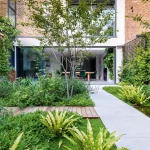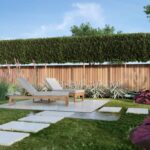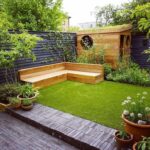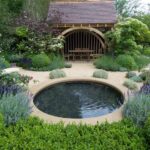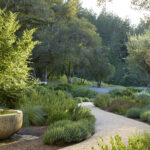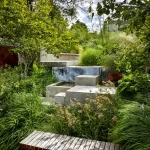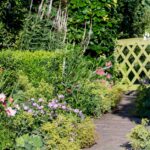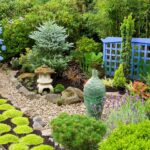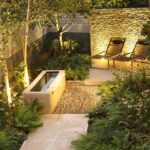Garden design is an important aspect of creating a beautiful outdoor space that is both functional and visually appealing. When designing a garden, there are several key factors to consider in order to achieve the desired result. One of the first steps in garden design is to determine the purpose of the garden. Whether it’s a space for entertaining, relaxing, or growing vegetables, having a clear vision of how the garden will be used will help guide the design process.
Another important factor in garden design is the layout and organization of the space. Consider the size and shape of the garden, as well as the existing features such as trees, shrubs, and buildings. It’s important to create a flow that allows for easy navigation through the space, while also maximizing the use of sunlight and providing privacy where needed. Creating focal points such as a garden bed, water feature, or seating area can help to add interest and create visual impact.
Incorporating a variety of plants in the garden design can add texture, color, and interest to the space. Consider factors such as plant height, bloom time, and foliage to create a dynamic and visually appealing garden. Grouping plants by type or color can create a cohesive and harmonious look, while also making maintenance easier. Choosing plants that are well-suited to the climate and soil conditions of the garden will help ensure their success and longevity.
The use of hardscaping elements such as pathways, patios, and walls can help define the structure of the garden and provide a sense of organization. These elements can also add functionality to the space, creating areas for seating, dining, or other activities. Consider materials such as stone, brick, or wood that complement the overall style of the garden and provide durability and longevity.
When designing a garden, it’s important to consider the maintenance requirements of the space. Choose plants and features that are well-suited to the available time and resources for upkeep. Incorporating low-maintenance plants, mulch, and efficient irrigation systems can help reduce the amount of time and effort needed to keep the garden looking beautiful.
Finally, don’t be afraid to get creative and experiment with different design ideas in the garden. Whether it’s incorporating unique plants, adding a sculpture or art piece, or creating a themed garden, there are endless possibilities for creating a personalized and beautiful outdoor space. By combining careful planning, attention to detail, and a touch of creativity, it’s possible to create a garden that is not only visually stunning but also a functional and enjoyable space for years to come.
